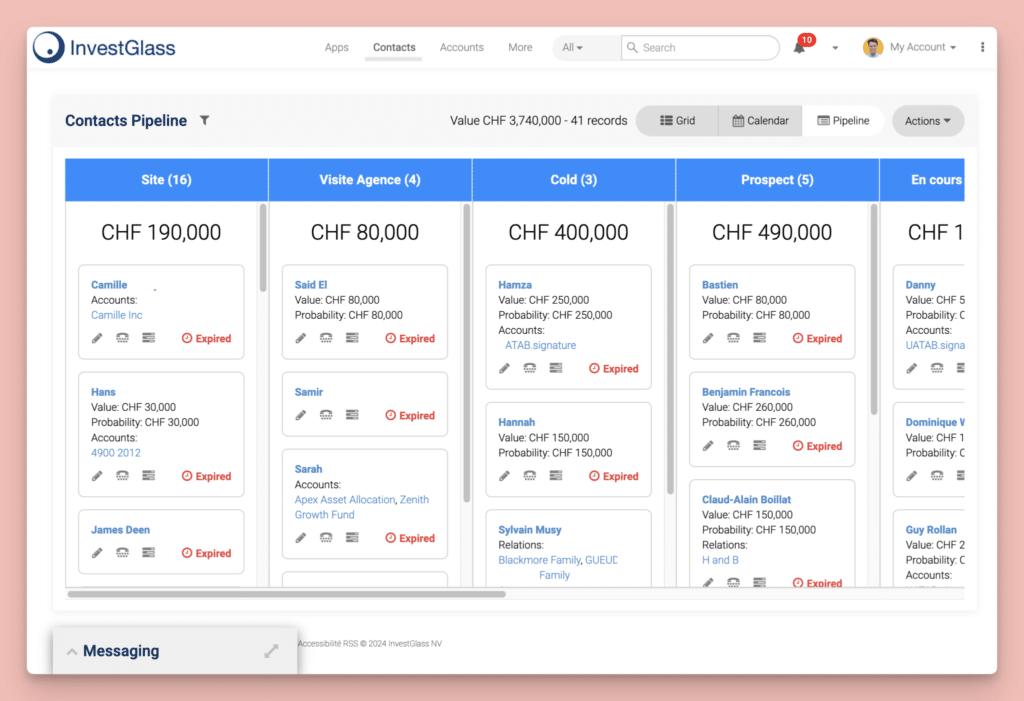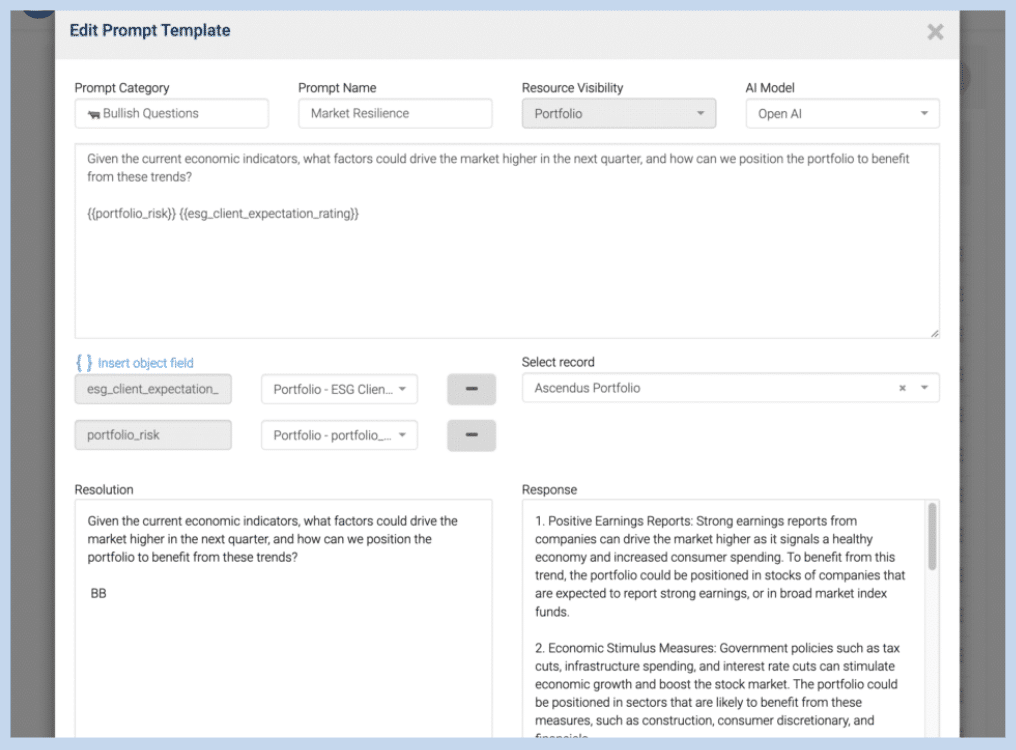How does InvestGlass enhance the Sales Cycle ?

The sales cycle, also referred to as the sales life cycle, is a crucial series of steps that begins when a sales rep identifies a potential customer and ends with a closed sale, leading to new customers. Each business has its unique sales cycles that can range from a short sales cycle to a long sales cycle, depending on factors such as the product or service, target customer profiles, industry average, and company policies. Understanding and managing the sales cycle is crucial for businesses to improve their sales performance and customer base.

Revenue Pipeline Management
Sales cycle management involves the effective organization and analysis of each sales cycle stage to ensure an efficient sales process. The sales leader of a business usually oversees this process, working closely with their sales team and the marketing team. They employ sales tools such as those offered by InvestGlass to monitor the sales cycle process and track key performance indicators (KPIs).
Effective management of the sales cycle can lead to improved service, an increase in satisfied customers, and a boost in overall team performance. It also emphasizes why is the sales cycle important to a business, which includes:
- Efficiently identifying qualified leads.
- Understanding potential customers’ pain points.
- Tailoring the sales pitch to address these pain points.
- Shortening the sales cycle length, leading to quicker revenue generation.
Optimizing the Sales
The sales process, often synonymous with the sales cycle in many industries, is a sequence of stages that sales representatives follow to convert a potential customer into a paying one. This process typically includes stages such as initial contact, qualifying leads, overcoming objections, and closing deals. Sales prospecting, a critical sales technique, forms the first step of this process, wherein reps identify potential customers.
Having a well-defined sales process, often referred to as the perfect sales process, provides a roadmap for the sales team, ensuring better tracking, forecasting, and, ultimately, improvement of the sales cycle.

The Sales Team
The sales team, including sales representatives and a sales leader, moves potential leads through the stages of the sales cycle, from the first point of contact to the final sale. They may also include support staff to handle administrative tasks.
For an effective sales cycle, the sales team must align sales efforts with marketing efforts. Their focus should be on understanding the target market, identifying potential customers, and meeting these customers’ needs with the product or service. Regular training for the sales team, coupled with the use of efficient sales tools like automation tools, can improve the sales cycle significantly.

Sales Journey Phases
Typically, sales cycle stages consist of the following:
- Lead Generation: The process of gathering leads using various sales and marketing efforts.
- Lead Qualification: Sales reps review the gathered leads and identify those that are genuinely interested in the product or service and have the capability to purchase it.
- Initial Contact: This is when the sales rep makes the first contact with the potential customer. This could be through an email, phone call, or a face to face meeting.
- Pain Point Identification: Here, the sales rep identifies the potential customer’s needs or problems that the product or service can solve.
- Offer Solution: The sales rep presents the product or service as the solution to the identified pain points, demonstrating the company’s value proposition.
- Handle Objections: The sales rep handles any objections or concerns the prospect may have, using appropriate techniques to overcome objections.
- Close the Sale: If all goes well, the potential customer becomes a paying customer.
Notably, not every lead will transition to the next stage, and understanding this aspect is key to a successful sales strategy. Furthermore, the sales cycle may vary depending on factors like the nature of the product or service, the buying process, and the customer journey.
By understanding and managing these stages effectively using tools like marketing tools and portfolio management tools, businesses can significantly enhance their sales cycle management efforts.
In conclusion
Understanding your sales cycle, from its definition to each stage, is crucial to establish a successful sales strategy. This includes understanding your product or service, knowing your potential customers, managing your sales team properly, and using tools to monitor and improve your sales cycle. By doing so, you can shorten your sales cycle, improve your sales, and increase your customer base.